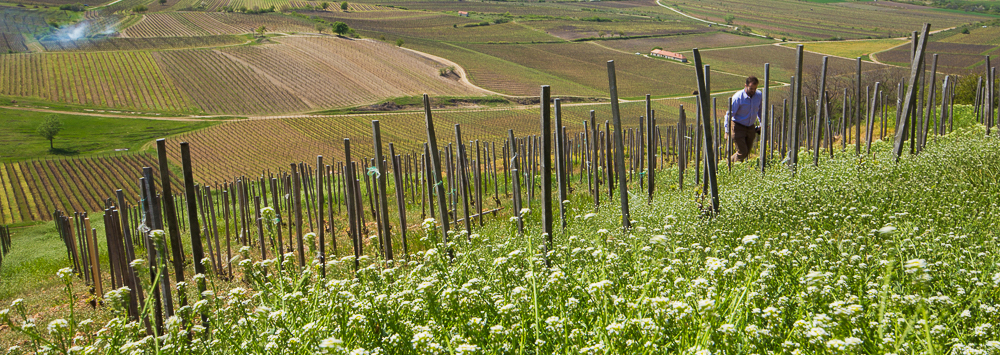

Barta, Tokaj, Hungary
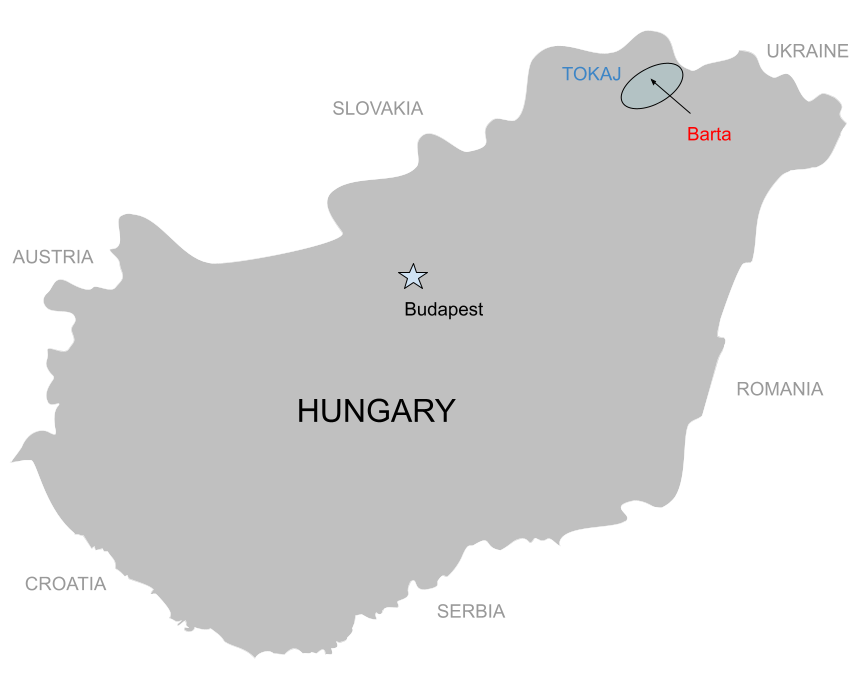
At a Glance
2003
http://www.bartapince.com
Tokaj
Cool Continental
Volcanic red clay and rhyolite-tuff,
200m-300m
Low hills and landscapes of vines and forests
Furmint, Hárslevelű, Sárga Muskotály, Kövérszőlő
14 hectares
Certified Organic
Natural
http://www.bartapince.com
Tokaj
Cool Continental
Volcanic red clay and rhyolite-tuff,
200m-300m
Low hills and landscapes of vines and forests
Furmint, Hárslevelű, Sárga Muskotály, Kövérszőlő
14 hectares
Certified Organic
Natural
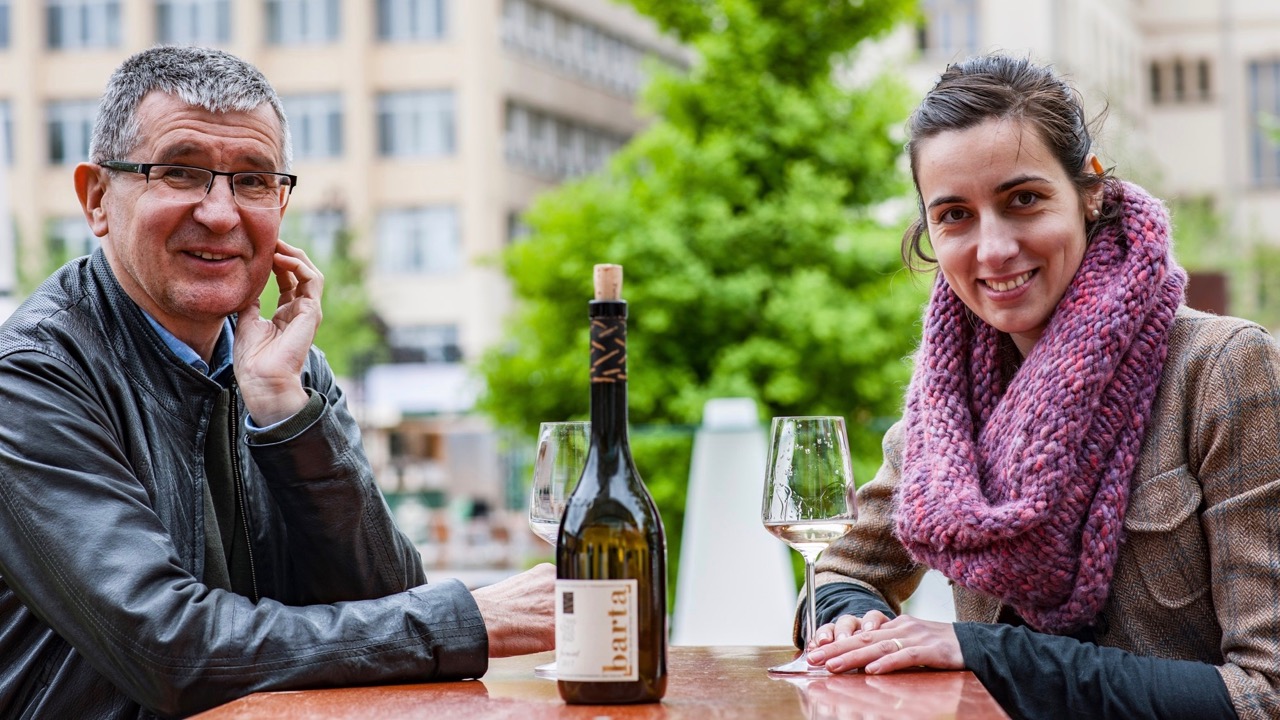
Károly Barta and winemaker Vivien Újvári - Credit Barta Winery
Founded in 2013, we first visited Barta back in 2015 because we had learned that they had brought the famed Öreg Király Dűlő (Old King Vineyard) back to life and restored a 16th century cellar in the town of Mád. At first I was a little leery because the Barta family has no roots in Tokaj, viticulture, or winemaking, but were wealthy outsiders making a big investment. Upon meeting Károly Barta, hearing about his long-term vision, discovering the people he had brought on board to carry this all out, it was clear that the investment was not some sort of ego trip, but an all encompassing investment in and for Tokaj.
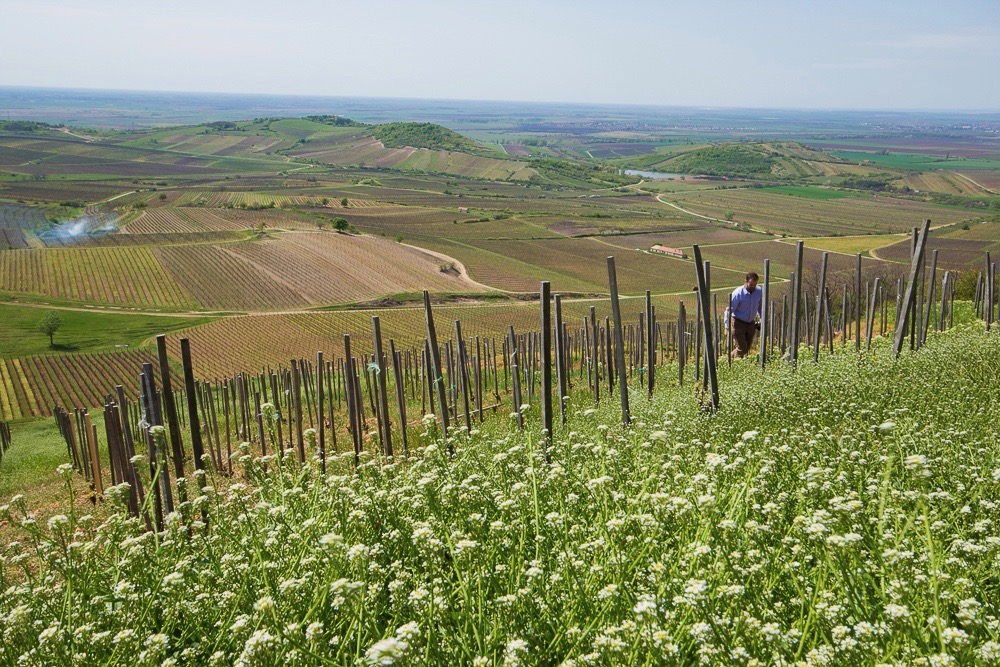
Eric walking up the Öreg Király-dűlő - Credit Colm FitzGerald
Driving towards the village of Mád, it’s impossible to miss the Öreg Király Dűlő. It’s the highest altitude, steepest hillside, and most distinctly terraced vineyard in Tokaj. First mentioned in 1285, a 1st class site from the 1737 Classification, it was tragically fallow from the 1960s until 2004. There’s also written evidence from 1664 that the iconic Rákóczi family, then the rulers of Transylvania, farmed this vineyard. Needless to say, this vineyard has pedigree, was never farmed industrially, and has been resurrected with organic farming and painstaking mending of the terraces.
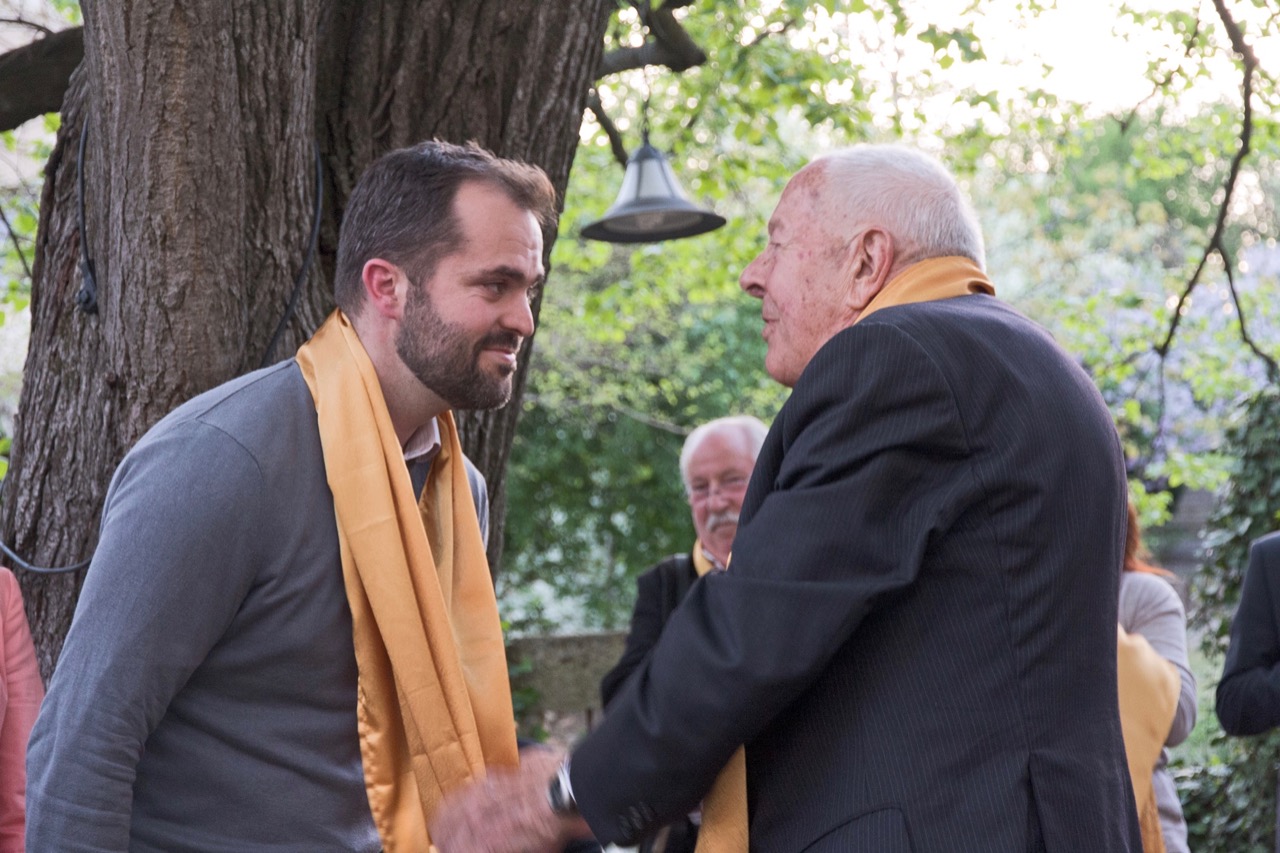
Being inducted by the Confrerie by Tamaš
Lastly, Frank Dietrich (founder of Blue Danube Wine Company) and I were also inducted into the Confrérie de Tokaj at the Barta Estate in Mád. The honor of being included in such company and the formal ceremony that followed are among my favorite memories from Tokaj.
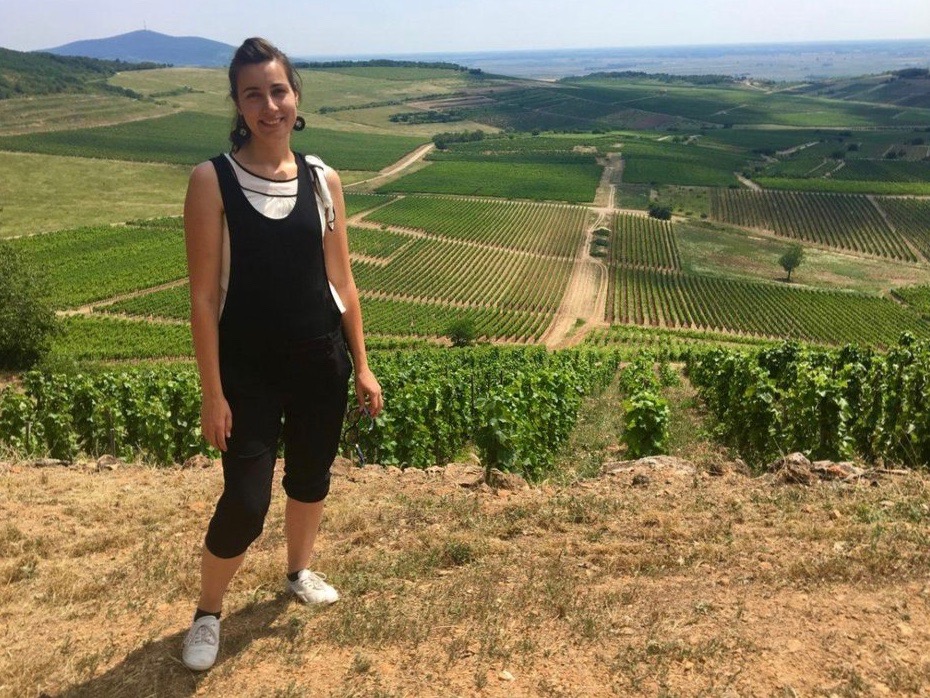
Winemaker Vivien Újvári
The People
As I alluded to above, Károly Barta doesn’t come from a winemaking or viticulture family. That said, he has surrounded himself with those that do and given them incredible agency and resources. The vineyard manager is János Hajdú, who is also the winemaker at Bodrog Borműhely, another one of our Tokaji estates. In the cellar he hired Attila Homonna whose wines we don’t represent, but who we greatly respect and admire. Attila finished his run after the 2015 vintage (consulted a little bit on the 2016s) and handed over the reigns to Vivien Újvári. Vivien came from the Grof Degenfeld Winery in Tokaj and like Attila, continues to focus on minimal intervention and organic farming.
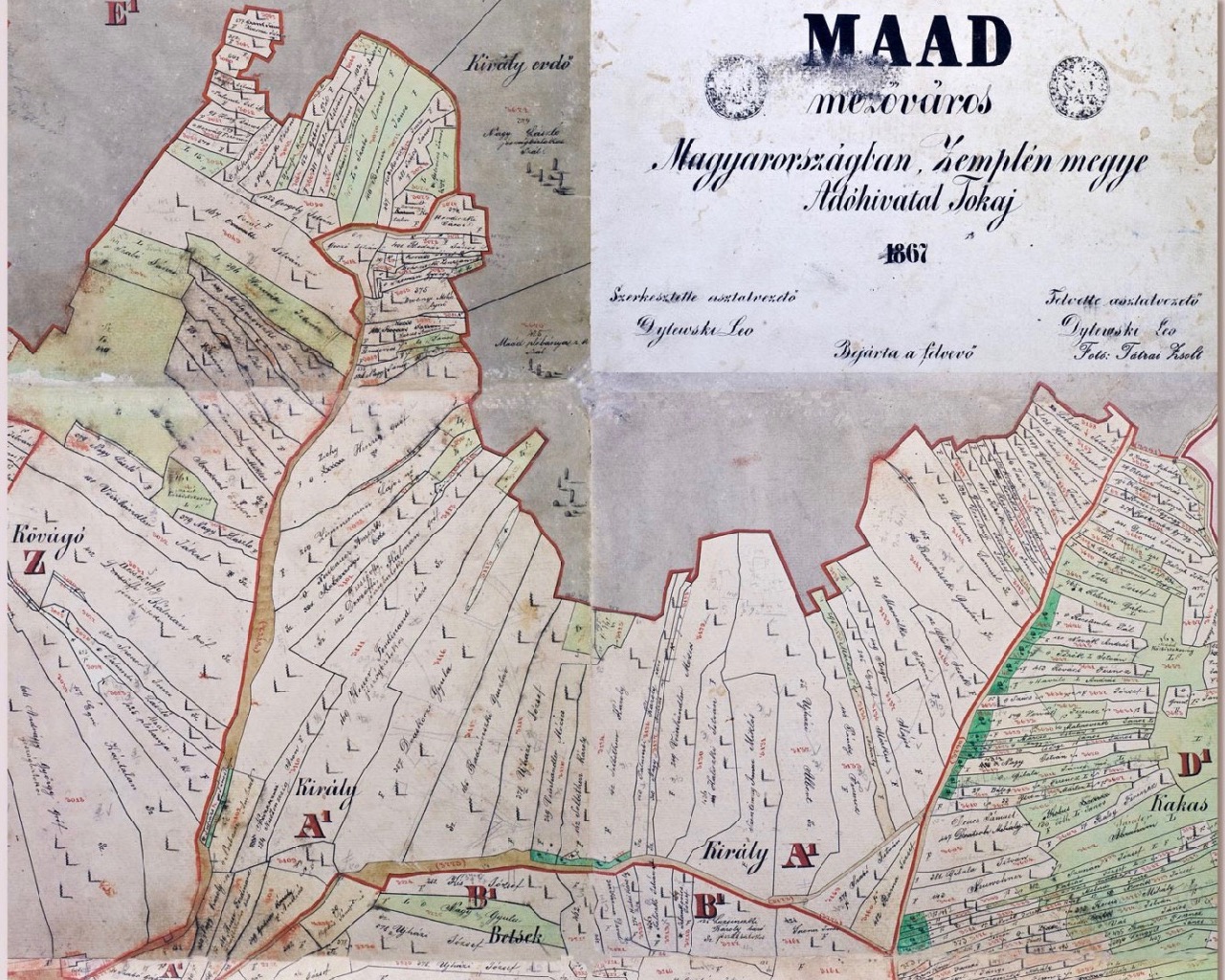
Map of Öreg Király Vineyard - Credit Barta Winery
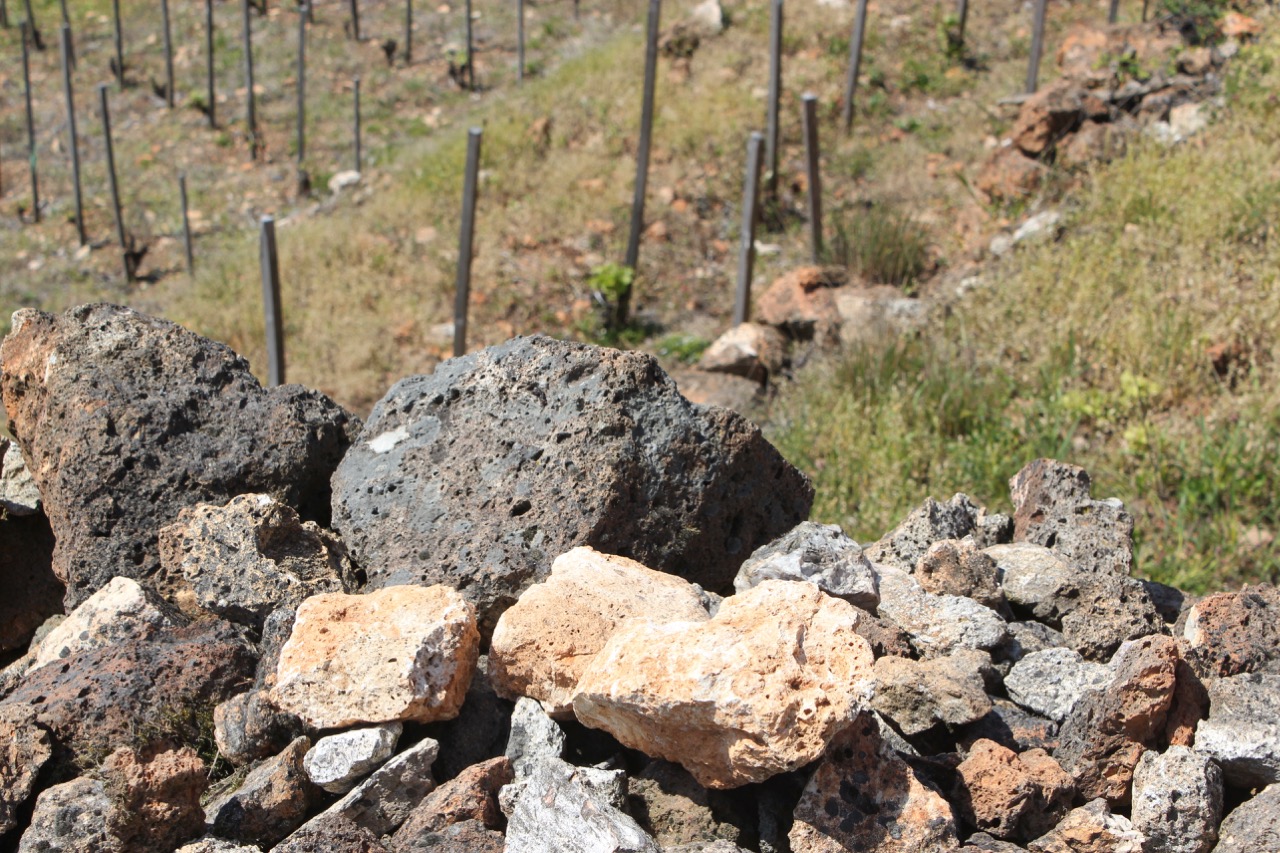
Volcanic rocks and young vines in the vineyard
Vineyards
Carved into volcanic red clay and rhyolite-tuff, work began on resurrecting the terraces and replanting in 2003. Three years later, 10 hectares of stake trained vines and the terrace system were completely restored. While most of the site is dedicated to Furmint, there is also Hárslevelű, Sárga Muskotály, and Kövérszőlő. Farming is organic and due to the forest behind it, wild boars and starlings are the major threats to be managed.
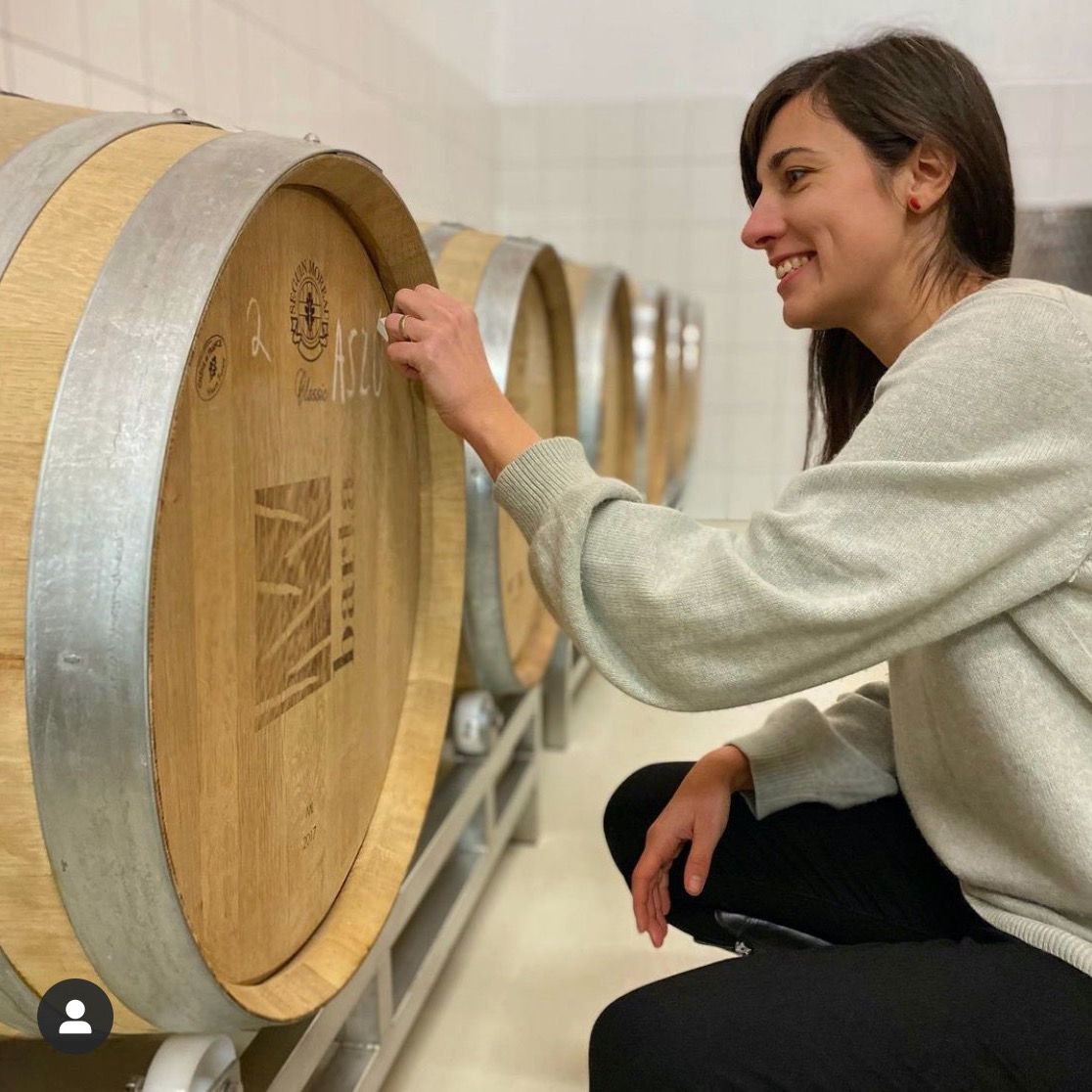
Vivien Újvári in the Cellar
Winemaking
The winemaking follows suite from the viticulture. Since they were given a vineyard that had never seen industrial chemicals ever, so shall it be in the cellar. All fermentations are spontaneous and nothing else is added apart from SO2. The 2015 Furmint was fermented and aged 9 months in 500L Hungarian Oak in the 16th Century cellar beneath the estate. It was bottled in August of 2016.
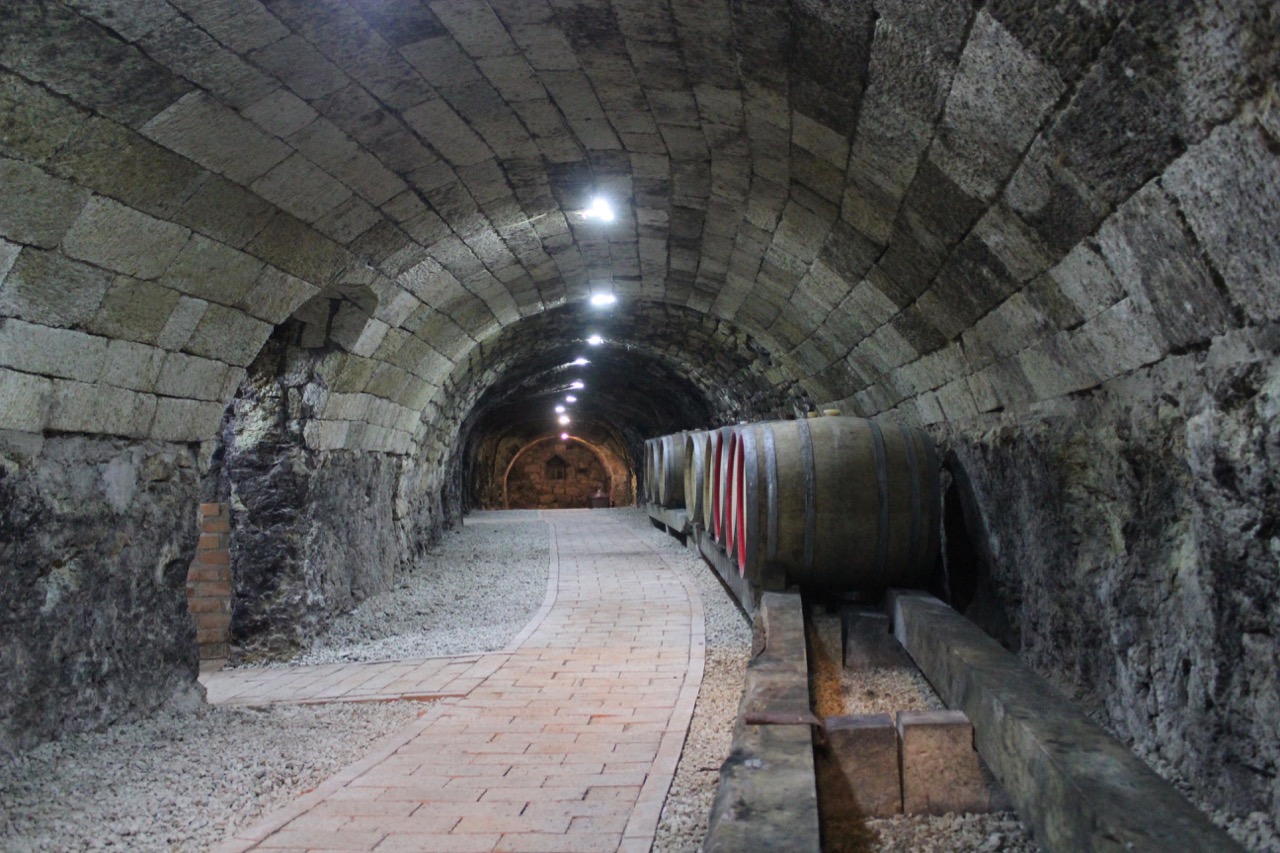
The 16th Century cellar

White Wine , Organic
Furmint;
12.6%
7.8 g/l
7.8 g/l
Furmint;
12.6%
7.8 g/l
7.8 g/l
This vintage almost smells like a super healthy ferment from barrel only it’s completely put together and has 4 years of age on it. It’s immediately Tokaj in terms of ripe acidity, but not followed by any heat, bitterness, or any perceivable residual sugar (although it absolutely needs and has some for balance). Fermented in 500L Hungarian oak, it then spends 4 months on the lees and is only racked by gravity. Ready to drink now, we can’t wait to see where this goes in 3-5 more years in bottle. The honey, smoke and salt derived from the terraced Öreg Király Dűlő are just their infancy.

White Wine , Organic
Furmint;
12.8%
5.9 g/l
5.9 g/l
Furmint;
12.8%
5.9 g/l
5.9 g/l
This vintage is immediately Tokaj in terms of ripe acidity, but not followed by any heat, bitterness, or any perceivable residual sugar (although it absolutely needs and has some for balance). Fermented in 500L Hungarian oak, it then spends 4 months on the lees and is only racked by gravity. Ready to drink now, we can’t wait to see where this goes in 3-5 more years in bottle. The honey, smoke and salt derived from the terraced Öreg Király Dűlő are just their infancy.

White Wine , Organic
Furmint;
12.8%
5 g/l
4.9 g/l
Furmint;
12.8%
5 g/l
4.9 g/l
“Kis” literally translates to small, but the sentiment is not lesser than, but rather that it’s the younger sibling to the older vine and fully barrel fermented versions. All of the fruit comes from the famed terraced Öreg Király Dűlő, but from the younger cordon trained vines lower on the hill. It’s also picked early without botrytis, 90% fermented in stainless steel, and the rest is fermented in oak. With just a few short months on the lees, it's a super refreshing and welcoming door opener for the estate and for anyone curious about the
dry Furmint category writ large.

Dessert Wine
Furmint;
11.6%
104.8 g/l
6.76 g/l
Furmint;
11.6%
104.8 g/l
6.76 g/l
This is a perfect opportunity to get on my high horse and pitch the beauty of sweet wines in virtually every scenario other than with desserts. Late harvest wines don’t have the oxidative elements present in Aszú or some Szamorodnis, and they don’t typically carry anywhere near the same weight of residual sugar. Granted, it still has around 100 g/l of RS, but it’s backed up with nearly 12% alcohol and enough acidity to feel refreshing and dry off the palate. The 2018 was lightly crushed, gently pressed and fermented in stainless steel followed by 6 months in local 2nd-fill Zempléni oak barrels. While easily paired with meat/cheeses, it’s a great foil for anything fatty, pickled, and smoky.

Dessert Wine
Furmint;
11.7%
115 g/l
6.7 g/l
Furmint;
11.7%
115 g/l
6.7 g/l
One of the largest and most important appellations in pre Ottoman occupied Hungary was the Szerémség (modern day Srem in Serbia, Srijem in Croatia). Ottoman conquests during the 14th and 15th centuries pushed Hungarian winemaking traditions and grapes north, eventually settling in Tokaj. It’s largely believed that both Furmint and the style of Szamorodni were among them. Formally called “Főbor” meaning “main wine,” it’s fairly safe to assume that it was important. 2013 was a great botrytis vintage, so nearly 80% of every cluster was blessed with noble rot. Destemmed, macerated between 12-16 hours, and then followed by 1.5 years in barrel. The minimum aging by law is 6 months, so combined with the 8 years in bottle this is in an ideal drinking window. While not too much sweeter than the late harvest and around the same alcohol and acidity, it’s the concentration and maceration of botrytis that sets it apart.

Dessert Wine
Furmint;
12.1%
133 g/l
7.07 g/l
Furmint;
12.1%
133 g/l
7.07 g/l
One of the largest and most important appellations in pre Ottoman occupied Hungary was the Szerémség (modern day Srem in Serbia, Srijem in Croatia). Ottoman conquests during the 14th and 15th centuries pushed Hungarian winemaking traditions and grapes north, eventually settling in Tokaj. It’s largely believed that both Furmint and the style of Szamorodni were among them. Formally called “Főbor” meaning “main wine,” it’s fairly safe to assume that it was important. 2013 was a great botrytis vintage, so nearly 80% of every cluster was blessed with noble rot. Destemmed, macerated between 12-16 hours, and then followed by 1.5 years in barrel. The minimum aging by law is 6 months, so combined with the 8 years in bottle this is in an ideal drinking window. While not too much sweeter than the late harvest and around the same alcohol and acidity, it’s the concentration and maceration of botrytis that sets it apart.